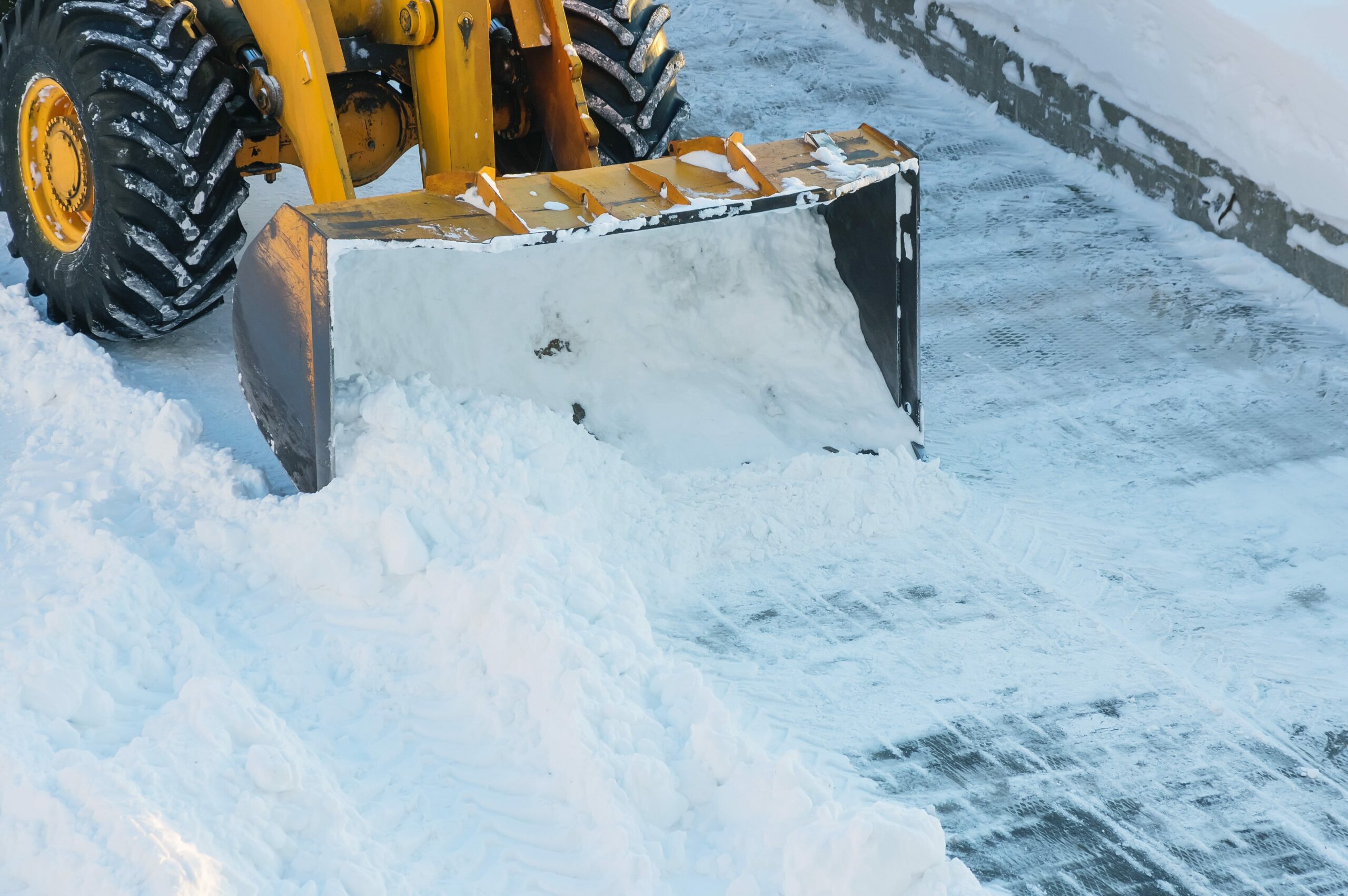
Heavy Rain, Flooding, and Chance of Severe Weather Staring Down the Southern U.S.
January 22, 2024
Posted: November 22, 2022 3:31 pm





The snow is starting to slowly melt away in western New York and the other areas of the Great Lakes that were hit by the monster lake-effect snow storm late last week. New York Gov. Kathy Hochul declared a state of emergency that went into effect last Thursday morning as officials scrambled to prepare for the storm’s impacts. Here is a look back at this historic snow event.
A Perfect Storm of Conditions Triggered Massive Snowfall
The whopper of a storm dumped almost 7 feet of snow in the hardest-hit areas, leaving residents stranded in their homes for days. The storm was the result of a combination of factors that worked together to deliver the epic accumulation. These factors included warm water in the lakes surrounding the region, exceptionally cold air in the upper levels of the atmosphere, and winds moving in a uniform direction.
Lake-effect snow events require a difference of at least 23 degrees between the water in the lake and the air temperature hovering at 5,000 above the ground. During this latest event, the water temperature in Lake Erie was measuring a balmy 52 degrees, providing a sharp contrast to the air temperature of 12 degrees 5,000 feet above sea level. The 40-degree difference provided the atmospheric conditions for the snow machine to fire up with great intensity.
The winds were also blowing from west to east over the lakes. This uniform direction over a large surface of water paved the way for massive amounts of moisture to gather in the atmosphere and turn into snow.
Records Broken During Historic Snow Event
While it still needs to be officially confirmed, it appears as if the state’s 24-hour accumulation record is going down with this storm. Orchard Park measured 66 inches of new snow over a period of 24 hours. Once confirmed, this total will shatter the previous record of 50 inches set in 1966 in Camden. The national record for snow in this time period is 75.8 inches, dating back to 1921 in Silver Lake, Colorado.
Records were also set at Buffalo Niagara International Airport twice during the storm. The first record fell Friday when 16.1 inches of accumulation beat the previous daily snowfall measurement. An additional record was broken the next day after 21.5 inches of new snow fell to the ground, easily beating the previous record of 7.6 inches on that day in history.
Comparisons to 2014 Snow Storm
The Saturday record dates back to the infamous snowstorm of 2014 when one area east of Buffalo received 88 inches of snow over a five-day period. The 2014 storm killed over a dozen people and stranded thousands of motorists.
With local officials comparing the 2022 storm to the 2014 event, it is clear that this latest blockbuster weather maker will go down in the history books. Although the 2014 storm may have delivered more snow in total, the 2022 event sent the snow flying at a faster clip. Some areas saw snow fall as quickly as 6 inches per hour.
Because the lake-effect snow event was stationary in nature, it is not surprising that some locations were pummeled by the moisture. The town of Hamburg, just to the south of Buffalo, recorded 81 inches of snow. However, 21.5 of these inches fell between a six-hour period early Friday morning.
This is significant as the previous six-hour snowfall accumulation record prior to this event was 17.1 inches. Hamburg’s total of 81 inches is also substantially higher than what most major cities see in an entire year. For instance, New York City only averages 25 inches of snow over a typical winter season.
All-Time Snow Records Still Stand
Orchard Park is another area that experienced over 80 inches of snow out of this event. The suburb is located 11 miles to the southwest of downtown Buffalo and is distinguished as being the home to the NFL’s Buffalo Bills. The team was scheduled to host a game on Sunday before NFL officials made the decision to move it to Detroit because the snow could not be cleared.
Despite the massive amount of snow, the 2022 event did not move past the top lake-effect snow total in the state of New York. An eye-popping 141 inches of snow was recorded in February of 2007 during a storm that hung around for nine days south of Buffalo and downwind of Lake Ontario.
Did you find this content useful? Feel free to bookmark or to post to your timeline for reference later.

January 21, 2024

January 19, 2024

January 18, 2024